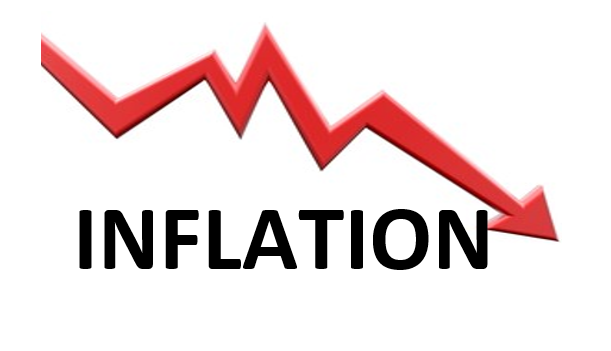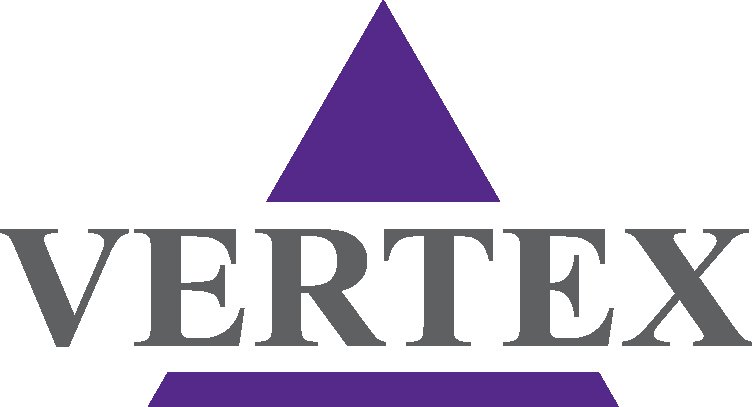The US inflation rate continued to slow in December, according to a report by the Labor Department. The overall consumer price index (CPI) fell 0.1% from the prior month, with cheaper energy costs fueling the first decline in 2 1/2 years. The measure was up 6.5% from a year earlier, which is the lowest since October 2021. This data, when paired with prior months’ lower-than-expected readings, points to more consistent signs that inflation is easing. This may pave the way for the Federal Reserve (Fed) to downshift to a quarter-point hike at their next meeting ending Feb. 1.
The Fed is expected to raise interest rates further before pausing to assess how the most aggressive tightening cycle in decades is impacting the economy. Policymakers have emphasized the need to hold rates at an elevated level for quite some time and cautioned against underestimating their will to do so. Investors are still betting the central bank will cut rates by year-end, despite officials saying otherwise.
The report also highlighted that the resilient consumer demand, particularly for services, paired with a tight labor market threaten to keep upward pressure on prices. Service-sector inflation, including shelter costs, which make up about a third of the overall CPI index, increased by 0.8% last month, an acceleration from November. This is a concern as economists expect the labor market to play a key role in the inflation outlook.
Overall, the data suggests that while inflation may be easing, the Fed’s work is far from over as it continues to monitor and assess the impact of the interest rate hikes on the economy.
What is the Federal Reserves Mandate on Inflation?
The Federal Reserve has a mandate to promote price stability and maximum employment in the United States economy. The Fed uses monetary policy, which is the manipulation of interest rates and the money supply, to achieve this mandate.
One of the Fed’s main goals is to maintain a low and stable inflation rate. The Fed’s target for inflation is typically around 2% per year, as measured by the Consumer Price Index (CPI). The Fed believes that low and stable inflation is necessary for a healthy economy, as it helps to promote economic growth, maintain stable prices for goods and services, and support steady income growth for households.
To achieve its inflation mandate, the Fed uses various monetary policy tools, such as setting interest rates, adjusting the money supply, and implementing quantitative easing. The Fed raises interest rates to cool down an overheating economy, which makes borrowing more expensive, slowing down spending and investment. When the economy is weak, the Fed lowers interest rates to encourage borrowing and spending, which can help to boost economic growth.
In addition to its inflation mandate, the Fed also has a secondary mandate to promote maximum employment. This means that the Fed works to keep the unemployment rate low and stable, while also ensuring that inflation remains low and stable. The Fed uses monetary policy to achieve this mandate by adjusting interest rates, money supply, and other tools to promote job creation and economic growth.
Inflation is Easing, Will it Help Stocks Rebound?
Historically, there is a complex relationship between inflation and stock market performance. In general, low and stable inflation is generally seen as positive for stock market performance, as it helps to promote economic growth and stability. When inflation is low, it allows businesses to plan and invest for the future with more certainty, which can lead to higher profits and stock prices. Additionally, low inflation can also lead to lower interest rates, which can make borrowing cheaper and encourage investment in the stock market.
However, it is important to note that inflation is just one of many factors that can affect stock market performance. Other important factors include economic growth, interest rates, and investor sentiment. So, even if inflation is cooling, it is not a guarantee that stock prices will rise.
It’s also worth noting that changes in the inflation rate can also affect different sectors differently. For example, if the inflation rate is falling, it may be good for consumer discretionary stocks, but not for energy or materials stocks.
Overall, it’s hard to say how the cooling of inflation will affect stock market performance without considering other factors that could affect it, however the fact that prices are easing will likely be more of a benefit going forward and will help to mitigate other market risks, and should help support the rationale behind the recent stock rally!


































